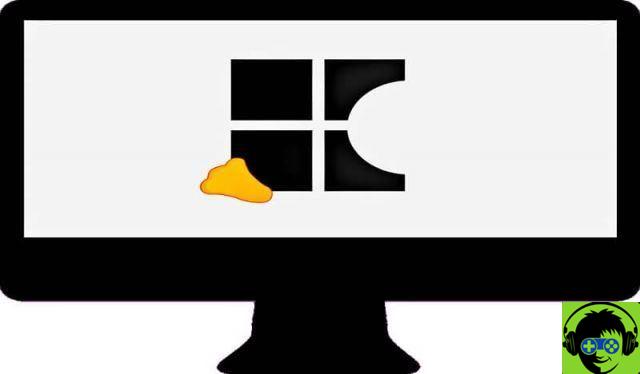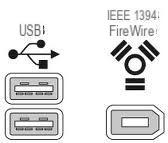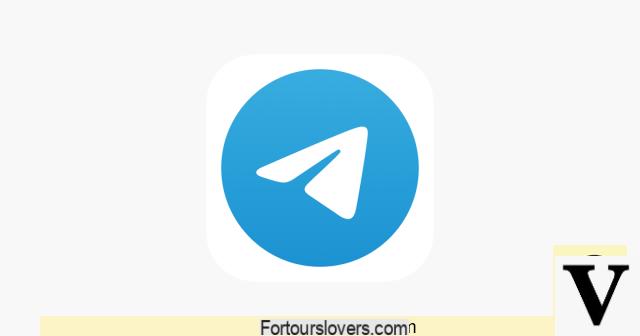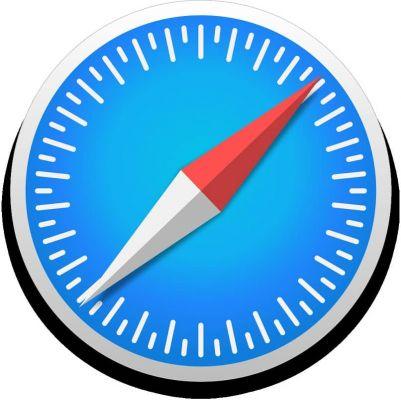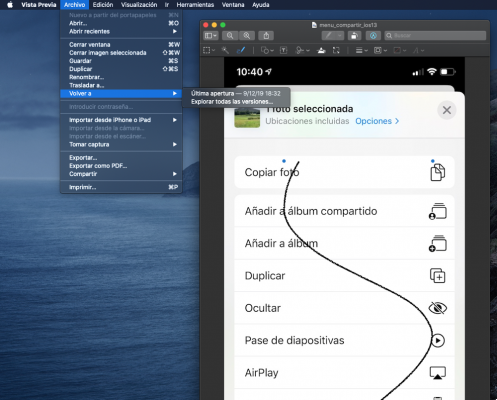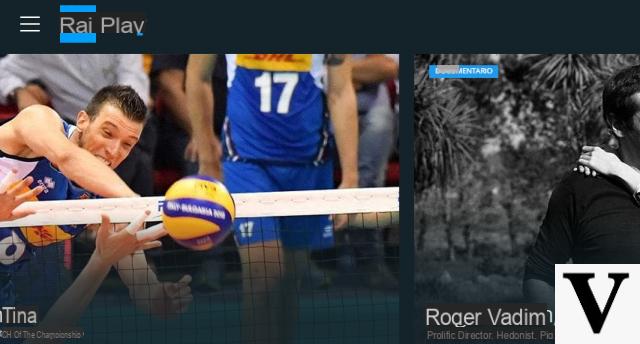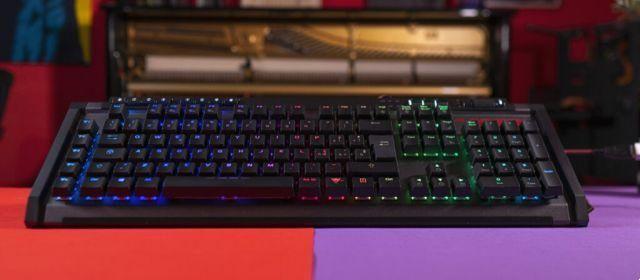All the more so when it comes to adding programming skills to your curriculum, and even better if it is a programming language capable of creating truly native cross-platform applications.
So let me show you a learning path that you can follow for the next 14 days… and I am convinced that at the end of the journey you will feel safe and able to start creating those solutions you have always thought about; It doesn't matter if they're for Desktop, Web, iOS, or Raspberry Pi!
Day 1: we started!
Start by downloading Xojo on your preferred operating system. You can do this for free and you can use it like that for as long as you want to also run and debug your applications from the IDE (the Xojo development environment itself). In fact, you can download and use the Xojo IDE from Windows, macOS, and Linux.
Suggestion- You can find the system requirements for running Xojo on your preferred operating system here.
Once downloaded, launch the Xojo IDE and you will find a presentation window that will give you access to a large number of resources. If this is your first contact with Xojo, the Getting Started section is a good place to start.

In fact, if you are interested in how to develop desktop apps, point your browser here and follow the steps in the tutorial. You can do the same with web and iOS projects too!
Suggestion: you can find the Quick Guides in other languages as well (in addition to other series of resources, such as manuals, courses, tutorials, videos, etc ...) So, if you prefer to access them in Spanish, German, Italian or French, you will probably want to visit this section in the documentation area of the Xojo website.
You will be able to complete these tutorials in a short time and they focus on you making a first contact with the main areas of the IDE, the editors, as well as designing your user interfaces and interacting with many of the available native controls and "ready to go". use »in your apps.
Through these tutorials you will also begin to learn some fundamental concepts, such as Properties, Events and you will also write your first lines of code using the Xojo programming language.
Suggestion: After completing the tutorials, try playing them without consulting the information on the web, making changes and trying to understand how all the parts are combined in an Xojo project. You can also try creating your own simple designs from scratch using other controls.
After that, my advice is to watch one of the many videos available here; especially this.




